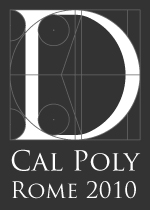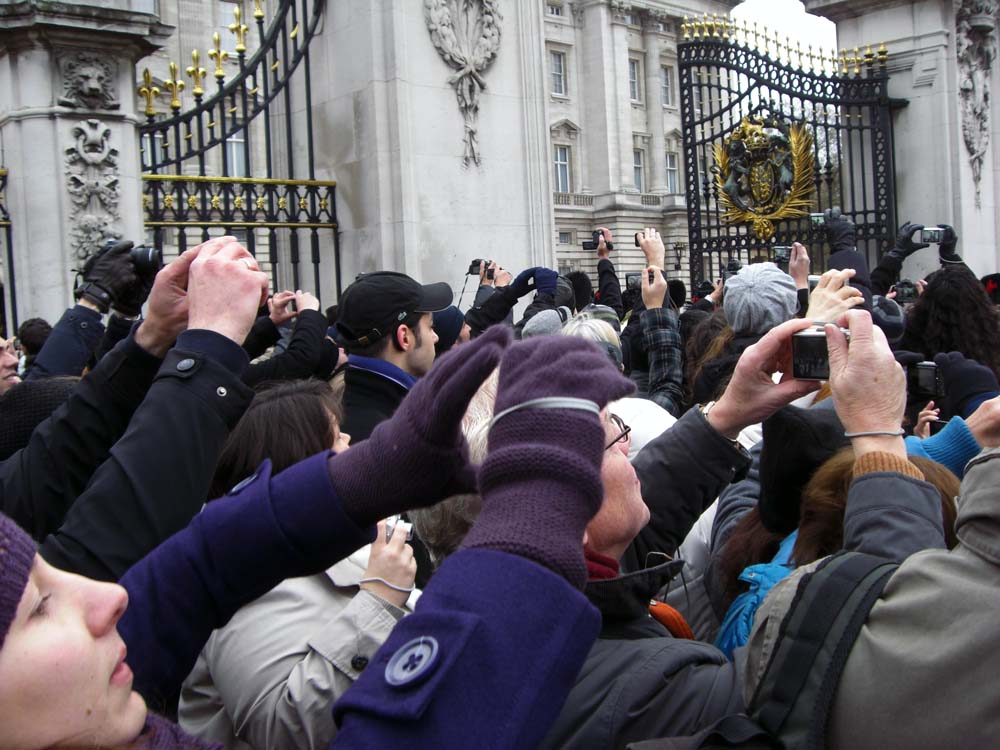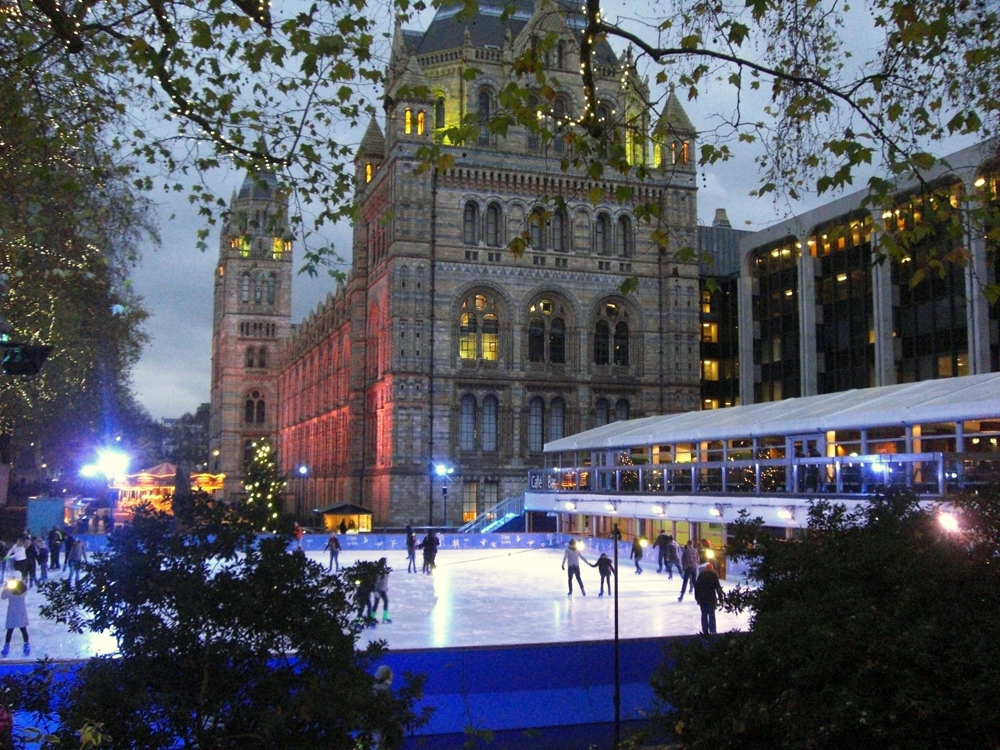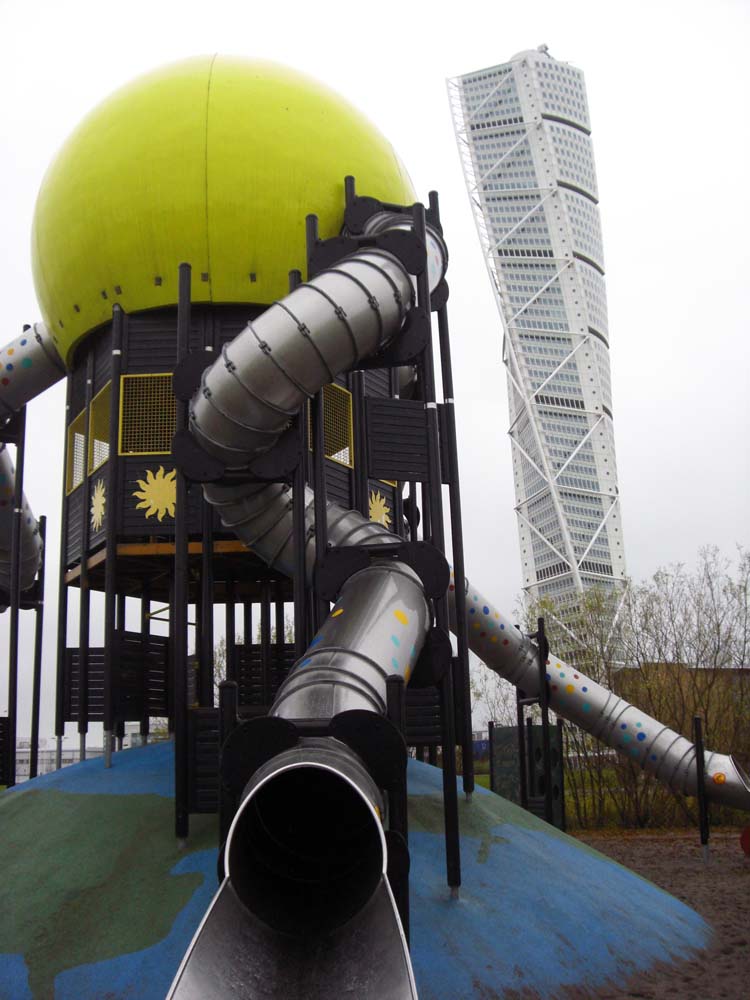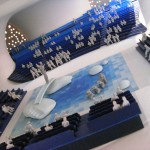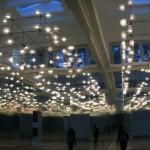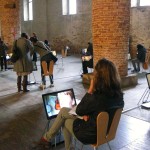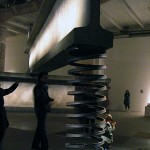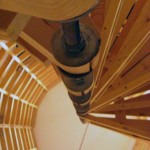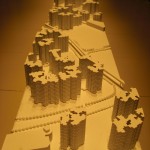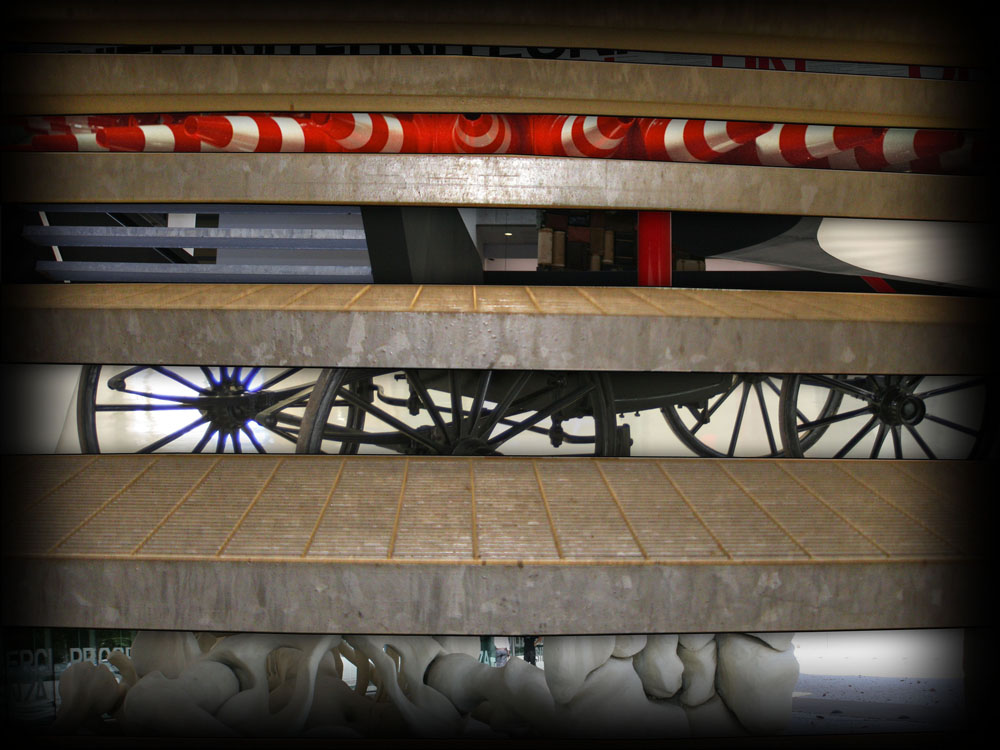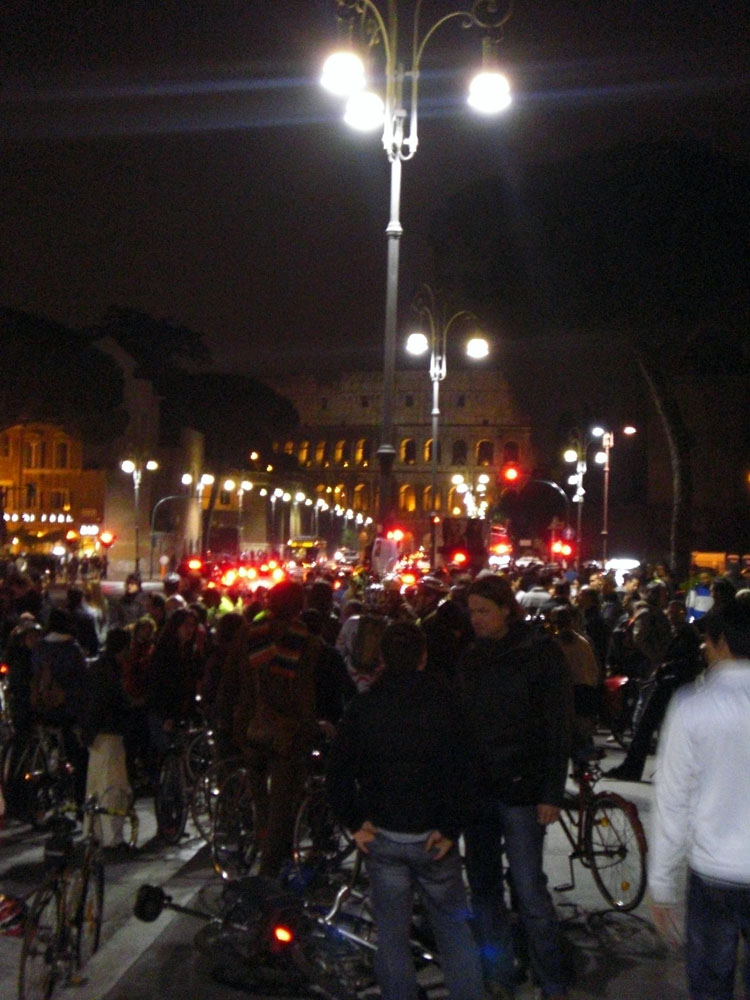How have the past fifteen weeks changed my outlook on architecture?
Three and a half months ago, when I thought of the Colosseum, I thought of Gladiator. I thought of a huge elliptical building that was used for gruesome entertainment organized by the emperor. After arriving in Rome however, I found it much more difficult to view the Colosseum in the same way. While in your mind you can view the place the way it has been envisioned in movies, the reality of the space is quite different in today’s world. There are no grand events taking place, no fights to the death, and no royalty. Instead there are tourists, lots and lots of tourists who come to this place for no real reason other than to view what still exists of this historic building. No matter what the original intentions were for the space, the architect could not have known how the spaces are used today. The architect has no control over where tourists gather, how they view the building or what the building is used for.
I have learned that architecture is never static, it cannot simply be considered under a single condition at a single point in time. It must be created knowing that people are the ones who develop the meaning of the space, not the architect. An architect’s intended use or meaning of a space means absolutely nothing if people do not inhabit the space in the intended way. I have learned that architecture is so much more than a building; it affects the way a society exists, the way they live, the way they interact and the way they grow.
What works behind the scenes to make a city perform as such?
 When you think of Rome, you think of history, of the Pantheon, the Colosseum, and the Vatican. You think of Vespas, streets of cobblestone, delicious Italian food, and a very popular tourist sites. But I am sure that when you think of Rome, you do not think about what keeps the city running. While all great cities have their own identity, none of these cities exist entirely on their own. They depend on resources and the connections that they have with the rest of the world. Italy is highly dependent on energy imports and would not be able to function in the same way without them. Rome’s transportation, commerce, residential and industrial systems would not be capable of performing if it weren’t for the energy production that is so often overlooked. While Italy does produce some of its own energy in what seems to be a “behind the scenes” situation, there is a whole other level that of “behind the scenes” that spreads throughout the world, all coming together as one in order to make a single city operate.
When you think of Rome, you think of history, of the Pantheon, the Colosseum, and the Vatican. You think of Vespas, streets of cobblestone, delicious Italian food, and a very popular tourist sites. But I am sure that when you think of Rome, you do not think about what keeps the city running. While all great cities have their own identity, none of these cities exist entirely on their own. They depend on resources and the connections that they have with the rest of the world. Italy is highly dependent on energy imports and would not be able to function in the same way without them. Rome’s transportation, commerce, residential and industrial systems would not be capable of performing if it weren’t for the energy production that is so often overlooked. While Italy does produce some of its own energy in what seems to be a “behind the scenes” situation, there is a whole other level that of “behind the scenes” that spreads throughout the world, all coming together as one in order to make a single city operate.
Tell the Tale Detail
I want you to have options. I want you to see all the possibilities. Even once you have chosen a path, I want you to know what lies in the routes you have yet to choose. You can see it all without being everywhere. You try to focus on what is in front of you, but you cant. There are too many things flooding your mind. So many options that all you think about is what is coming next. While you notice you have lost understanding of each single piece of art, the multiple vantage points you have already seen of this piece have, in some way, given you a continuously evolving understanding of the work. While you have countless options as to where to go, the sight of so many destinations keeps pulling you through and propelling your movement around the building. You are on your path, but take a look. Take a look at your future from your present situation. What path did you really choose?
How is Venice, Venice and not anywhere else?

Map of Venice
Since coming to Europe, I have found myself traveling through many cities that I am entirely unfamiliar with. While it has not always been easy to find my way through these cities, whether I have a map or not, I have always found a little comfort in the fact that I can always find someone who can guide me towards where I need to go if needed.
Traveling through Venice was an entirely different experience. Upon asking a native Venetian for directions, I began to realize that I was not going to get very much help. While he had lived in Venice his entire life, and knew exactly where I needed to go, he was completely incapable of giving me directions (other than a couple abstract landmarks along the way).
The streets of Venice are practically a maze, changing direction and street names at any moment. Even if you are lucky enough to happen upon the Grand Canal on the way home, you must still find one of the four bridges in the entire city that span across it and then continue further through the maze. It was not long before my classmates and I began finding their way around solely by the recognition of restaurants and unique items located in store windows, referencing these to each other like we normally would reference street names. While Venice is a city packed full of tourists, it is only the locals who truly know where they are going as they weave in and out of the buildings and over the canals.
